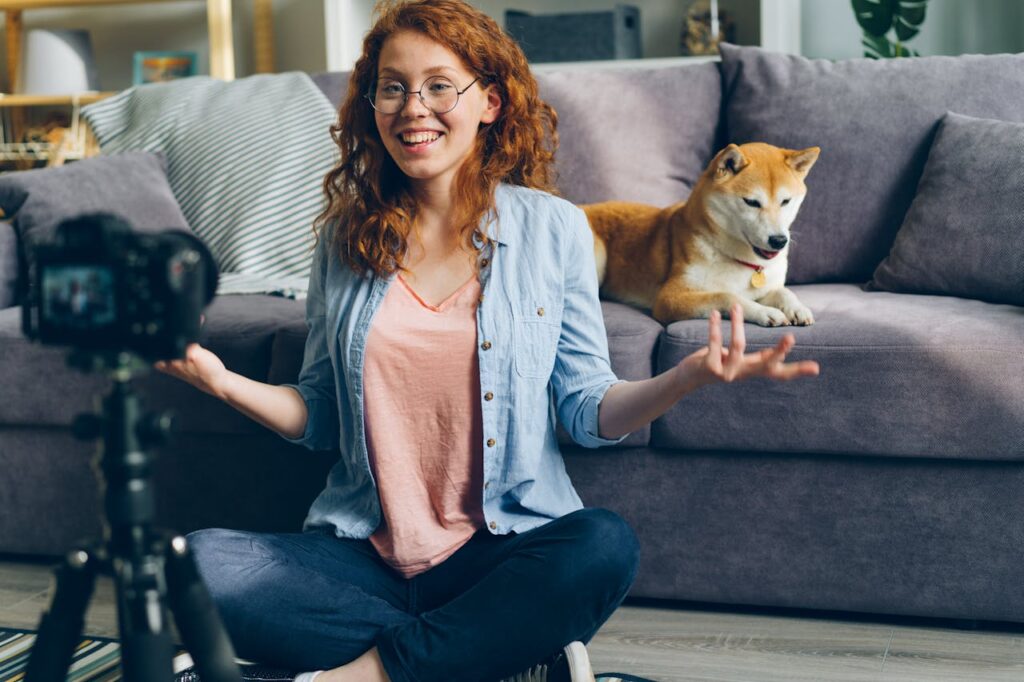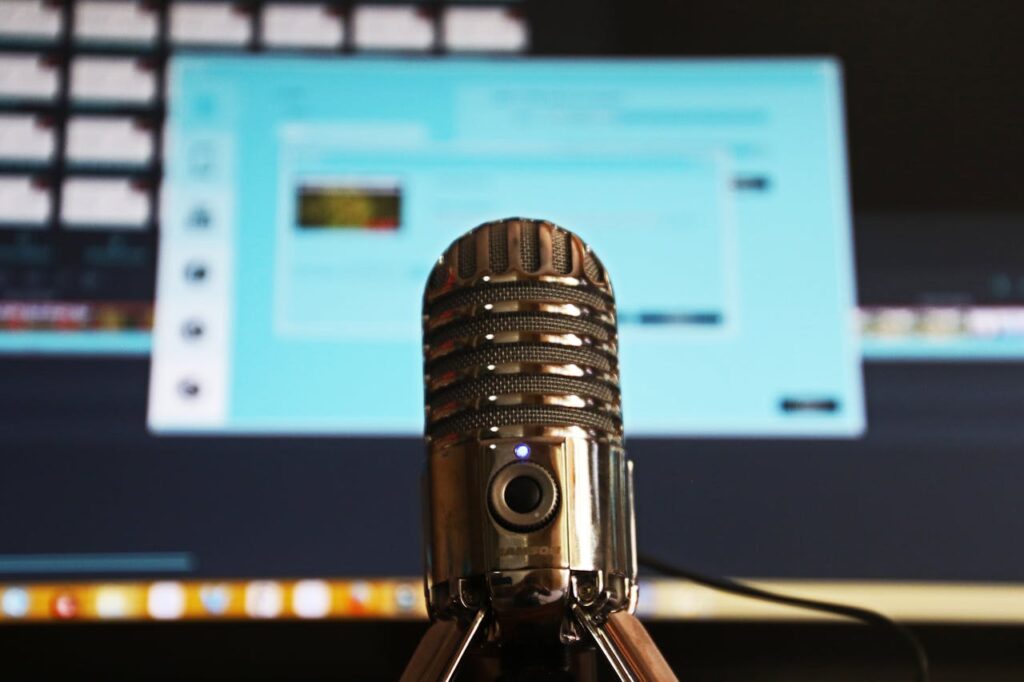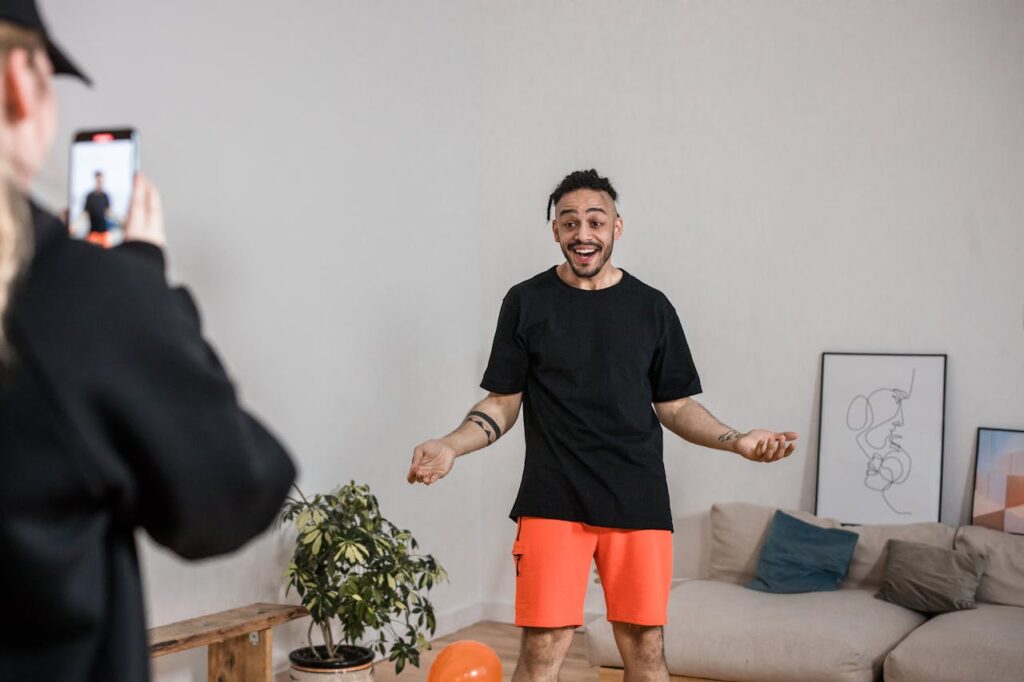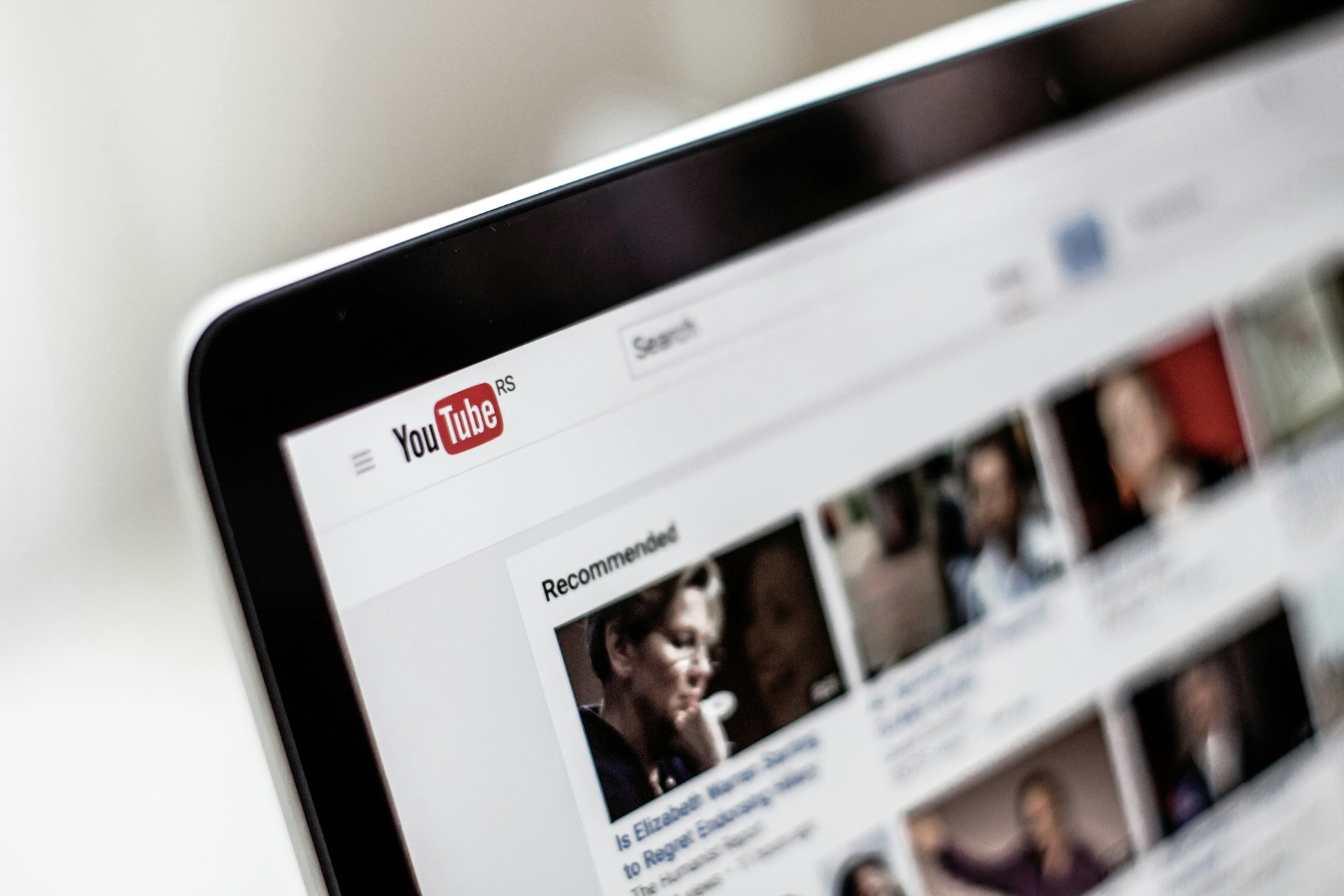Workshops only work when the team learns something they remember. That’s especially true when teaching busy professionals, like lawyers or financial experts, how to handle video content. If your YouTube workshop is too passive, the ideas tend to fade once everyone gets back to work.
That’s why we build sessions that keep people involved. When teams get to practice right there in the room, things stick. They learn what works, what doesn’t, and how to move content across platforms like YouTube, Instagram, and Facebook.
A great YouTube workshop doesn’t overload people with information. It gives them a chance to test it out. That shift, from sitting back to playing an active role, makes all the difference.
We also get better reactions inside sessions when we integrate interactive learning methods for video creation, things like group tasks, real-time feedback, and real-world examples that reflect your client audience.

The Weekly Video Insider
Subscribe for weekly insider trends and tools for YouTube and Social Video


Why YouTube Knowledge Needs to Be Action-Oriented
We’ve seen it time and again. The second the training turns into a slideshow, the room checks out. Even if it’s great info, if you just talk about watch time or click through rate, nobody really remembers it.
But let people test those ideas right away, and now you’re building habits.
That’s why any workshop worth its time includes:
1. On-the-spot recording to try their own intros
2. Team feedback to hear what real viewers might notice
3. Strategy breakdowns they can apply to their actual content
People ask better questions when they’re involved. The feedback becomes more than theory. It’s tied to how they work their channels.
Bringing in a structured approach from our YouTube consultant service helps teams apply these lessons faster, especially when they’re juggling client work or regulatory deadlines.

Top Formats That Keep Small Teams Engaged
Short attention spans are real. That’s why we break things up so ideas don’t just sit on a slide. A few easy formats go a long way when teaching video.
Think about using:
1. Mini challenges, like writing an intro to answer a typical client question
2. Quick planning sprints between long form content and Shorts
3. Group sessions with two to four people at a time
The smaller the group, the easier it is to participate. Everyone gets a chance to speak. That makes the feedback feel direct and useful, not just general tips that won’t get used.
Different voices around the table lead to better hooks, faster pacing, and smarter content for real audiences. Keeping things fast gives the group plenty of chances to try, tweak, and improve. These small sessions give your team confidence to speak up and offer suggestions. Confidence grows when everyone feels included, so people get more out of each session.




Make Time for Platform Tweaks That Matter
YouTube content doesn’t end after you press record. Titles, thumbnails, and tags carry real weight. But learning that in a slide deck vs. seeing it live are two very different things.
We give teams time to test things like:
• Writing different video titles that pull more clicks
• Comparing which thumbnail gets picked first
• Matching old videos to real KPIs (like views, impressions, and subscriber growth)
When people do this together, they start to see what their regular audience actually responds to. Instead of guessing later, they leave the workshop knowing what styles, formats, and words bring results.
This piece is often what’s missing from video training. It’s hardly ever taught, and yet it drives real results across every platform.
Even for people who aren’t editing every day, seeing a title or thumbnail side by side gives them practical insights. The room gets active as people share opinions and choices, making each lesson stick for the long haul.

Practice Short-Form Video Edits in the Room
YouTube Shorts matter right now. Same goes for Instagram and TikTok. What we’ve found works best is letting the team test Shorts live in the room. No prep, no polish, just quick clips and fast feedback.
We start with moments they already filmed earlier in the workshop. Then we cut them down and watch together.
Here’s what gets tested:
• Which line pulled attention in the first three seconds
• Whether a specific phrase or CTA got better reactions
• What edits made people tap, pause, or listen longer
Sometimes a simple pause before a sentence makes a big difference. Or a bold caption that signals what’s coming next. These tweaks all show up in the metrics later, clicks, views, shares, even if they look small in the room.
Testing Shorts in a hands-on way helps teams see why those first seconds matter most. Consistent feedback right after an edit helps ideas snap into place quickly. Everyone gets a sense of which edits work for real audiences.
If you’re not sure how to guide your team in the right direction, we recommend pairing the live edits with smart YouTube Shorts strategies that build cross-platform growth without wasting a ton of time.
When people really understand Shorts, they stop skipping them. They see what works and blend it into everything else they post.



Refocus and Regain Momentum
Plan Real Video Topics Around Year-End Client Questions
November’s when clients get serious. Deadlines hit. Questions build up. That makes this a perfect time for teams to plan videos that will work all winter long.
YouTube workshops in late fall should lean into that.
We push our sessions toward:
• Helping lawyers prep content about Q4 filings, court closures, or deadlines
• Supporting financial teams with tax commentary or year-end planning
• Using the content to set up January for lead generation
We like using shared calendars inside the session. That way, the team can plan both long form and Shorts around key dates. Once it’s built out with real reminders and timelines, it’s not forgotten when things get busy.
When November rolls around, everyone in the room knows what their clients are asking. The goal is to answer those questions with video, ahead of busy winter months. That way, your team can create content that keeps conversations moving, even while clients are on holiday or working with tight schedules.
The point is to leave the room with content that’s ready now, not ideas to maybe do later.
For pro teams looking to scale this across departments or campaigns, our video sales producer program is built to run 12-month tracks that generate revenue, not just content.
Keep Skills Fresh After the Workshop Ends
A strong YouTube workshop doesn’t feel like a training room. It feels like people doing work they already care about, just in a better way.
The best sessions end with the team ready to record next week’s clip, optimize their titles, and review short-form hooks. It gets real fast, and that’s where the confidence lives.
When people know how to get views, map performance to KPIs, and post across more than one platform, they stay involved. That’s a huge win, especially as year-end schedules get crowded and the last thing anyone wants is more trial and error.
Workshops should give every team member simple steps to keep sharpening their skills. Recapping the top tips, encouraging sharing, and holding quick follow-ups could make the learning last even longer.
Good workshops land. Great ones stick. And when they do, the content keeps working long after the session ends.
Ready to elevate your team’s video content strategy? Our YouTube workshop at Acceleratus Media provides the interactive and practical training needed to boost your team’s skills for long-term success. Dive into hands-on sessions designed to help you create engaging content that resonates with real audiences across multiple platforms. Join us and transform your video content approach today.




